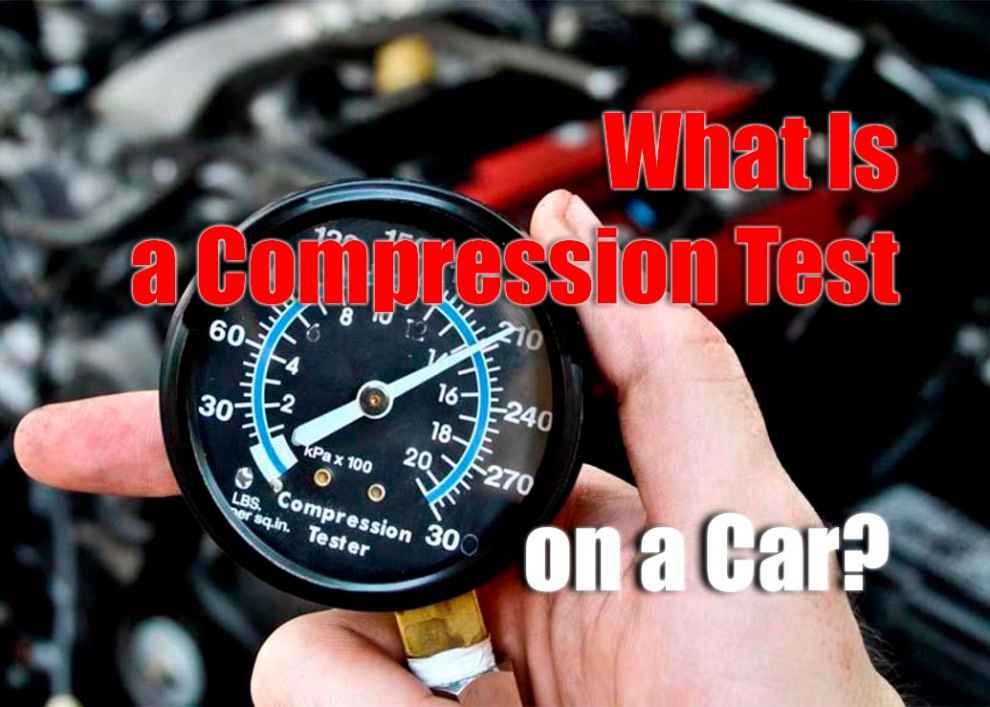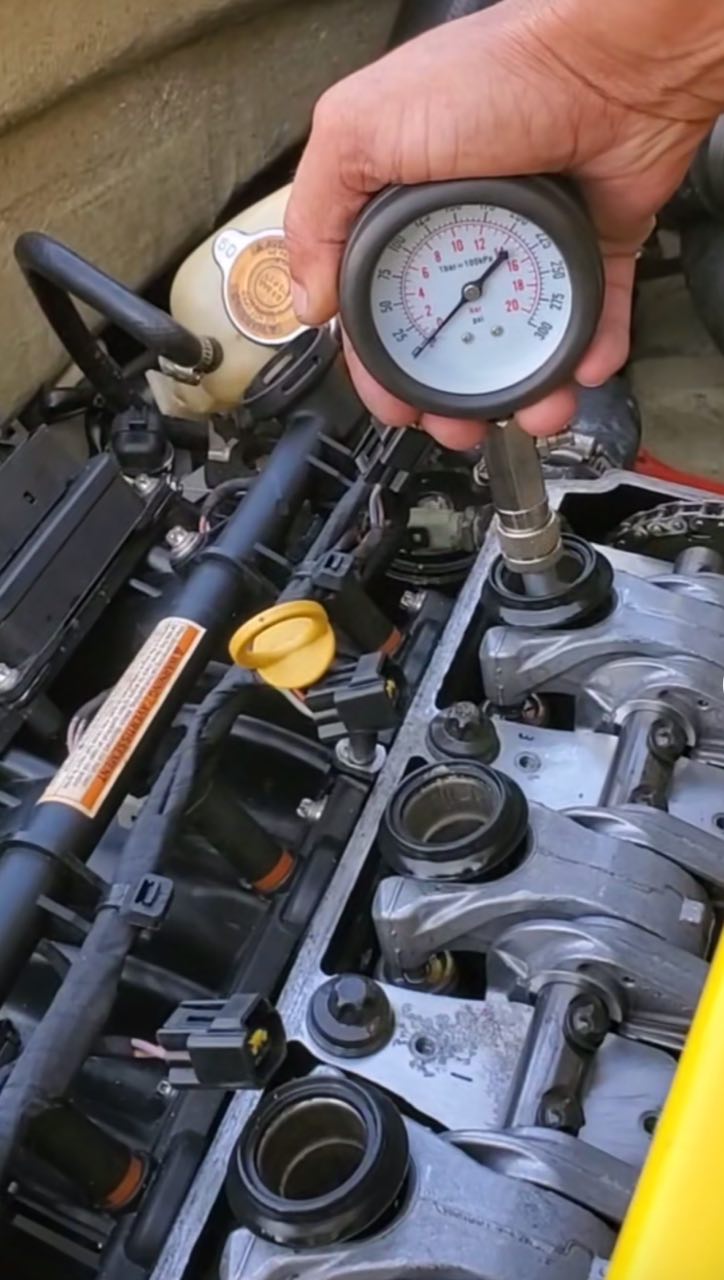A compression test is a common procedure used to measure the overall health of an engine. When it comes to Jeep engines, a compression test is vital for maintaining optimal performance and ensuring the longevity of your vehicle. A compression test allows mechanics to assess the condition of combustion cylinders, pistons, piston rings, and valves to determine whether they function correctly and whether any repairs or replacements are necessary. It also helps them identify any potential issues that could be causing reduced engine power or fuel efficiency. In this article, we will explain what a compression test is and why it is important for Jeep owners to have one done regularly. We will also discuss how it works and what you can expect when your Jeep’s engine is tested for compression.
 What Is a Compression Test on a Car?
What Is a Compression Test on a Car?
A compression test on a car is an important diagnostic tool used to evaluate the condition of an engine. This type of test checks the amount of pressure or “compression” that each cylinder in the engine produces when a piston is at its highest point or top dead center. During this test, a mechanic will attach a compression gauge to each spark plug hole and then crank the engine to see how much air pressure is created within each cylinder. A higher gauge reading indicates that your engine is in better condition. Abnormal readings indicate that something could be wrong with your car’s valves, gaskets, seals, pistons, or rings. A compression test can help mechanics identify potential problems before they become larger issues and also help them determine if any repairs are necessary.
How to Perform a Compression Test on Your Jeep
Performing a compression test on your Jeep is important in diagnosing engine issues and maintaining its performance. This procedure will require access to the spark plugs, so you must remove them before you begin. Here are the steps for performing a compression test on your Jeep:
-
Start by disconnecting all spark plug wires from each cylinder and removing the spark plugs. You may also want to remove any other accessories that are connected to the engine, such as fuel lines and intake pipes.
-
Next, prepare all necessary items for the test – including a compression gauge and adapters, which are available at most auto parts stores.
-
Once you have all your tools ready, insert the compression gauge into one of the cylinders using an adapter if necessary. Make sure it’s securely attached before moving on to step four.
-
Now it’s time to crank over the engine using either a starter or battery jumper cables if applicable for your vehicle model – this will help spin up the engine so that you can measure its compression levels accurately with your gauge during the testing time!
-
Watch the compression gauge closely as the engine cranks and record your readings. Continue this process for each cylinder, taking note of any discrepancies between cylinders.
-
Once you check all the cylinders and record your readings, compare them to the factory specifications or manufacturer’s suggested values for your vehicle model. If any of them are significantly lower than recommended, it may indicate an issue with one or more cylinders needing further investigation.
-
Finally, reinstall all accessories and the spark plug you removed before starting the test and reconnect the spark plug wires once everything else is back in place – now you’re done!
Interpreting the Results of a Jeep Compression Test
Once you have performed a compression test on your Jeep, it’s important to interpret the results accurately. Most manufacturers recommend that all cylinders have between 90 and 135 PSI when tested. Any cylinder below 90 PSI can indicate an issue with your engine’s valves, piston rings, or other components that must be inspected and possibly repaired. Additionally, readings from one cylinder may be significantly lower than others – this is known as “low compression” and could point to valve wear or other problems that need to be addressed quickly to prevent further damage.
Common Problems That Can Cause Low Compression in Jeeps
When a Jeep’s compression is lower than normal, it can be caused by several different issues. Common causes of low reduction in Jeeps include worn or broken piston rings, worn valves, and valve seats, a leaking head gasket, a cracked cylinder head or block, or excessive carbon buildup. In some cases, the problem may be due to improper maintenance – for instance, if the spark plug gap has been set incorrectly or the oil has not been changed regularly. To identify and diagnose the exact cause of low compression in your Jeep’s engine, it’s best to have a professional mechanic look at it.
Final Thoughts
Compression tests are an important part of diagnosing and maintaining your Jeep engine. A compression test can identify potential issues with your car’s valves, gaskets, seals, pistons, or rings before they become large problems. If you’re experiencing lower-than-normal compression readings in your Jeep, it could point to several issues that must be inspected and addressed quickly to prevent further damage. Having a professional mechanic regularly perform a compression test on your Jeep is the best way to ensure that it continues running smoothly for many years.

 What Is a Compression Test on a Car?
What Is a Compression Test on a Car?
Add Comment